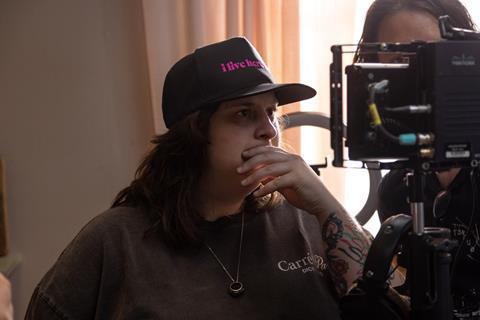
US filmmaker Julie Pacino’s feature directorial debut I Live Here Now is a David Lynch-inspired psychological horror screening in the Midnight Madness strand at Edinburgh this month, following its world premiere at Fantasia and a screening at Locarno.
The film explores the childhood trauma of an aspiring young actress called Rose, played by Australian actress Lucy Fry. It started life as Pacino’s non-fungible token (NFT) photography series of the same name, which inspired her to write the script and helped fund the project’s development.
Pacino describes making the film on “limited resources” while having to get “really scrappy” to pull it together. It took five years to complete, with production taking place in the UK and Los Angeles across 25 days in late 2023. The cast also includes Madeline Brewer, Matt Rife and Sheryl Lee.
Pacino – who is the daughter of actor Al Pacino and acting coach Jan Tarrant – lead produces for her New York-based companies Tiny Apples and Punch Once, with Kyle Kaminsky. Further producers are Utopia, N8 Studios, Artak Pictures, Lucky Number 8 Productions, Orwo and The Ranch Productions. Utopia represents sales and will distribute in North America.
Pacino talks to Screen about feeling freed by the horror genre, accessing trauma for her work and her “witchy” next project.
Where did the idea for a psychological horror like I Live Here Now come from?
I’m a horror fan. I love the freedom that the genre provides, and being able to tell a scary story, but also being able to lean on the campy humour and just kind of like take big swings. For me, the horror genre represents the freedom to do that.
As an audience member, when I go to see a horror film, I’m wide open because it feels like this playground where anything could happen.
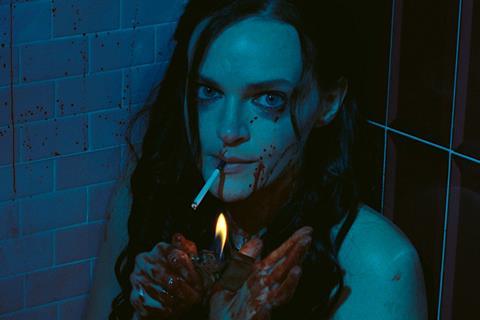
It’s a largely female cast, and fertility and body image are central themes. Why was that important for you?
I wanted every aspect of it [Rose’s journey], to be reflective. She is being met by these characters that could represent either her future self or her younger self, so it called for it to be a cast of women.
I had fun working with a predominantly female cast. It’s something in my work I want to continue.
What do you hope the audience can take away from watching the film?
I made this movie at a time in my life where I was doing a lot of internal healing. In moments, it’s this circular nightmare that feels like it’s never going to end, and I’m just stuck in it. But then in other moments, it can feel like this whimsical, strangely funny fairy tale… I hope that they [the audience] can connect with some of those feelings.
So I Live Here Now is a personal story for you?
Absolutely. It’s a very personal story for me, and for Lucy, and for all the women involved. We all became very close when making it, discussing our childhood and our trauma. We all shared in that.
You grew up around the film industry. Which films or filmmakers have had a major influence on you?
Definitely Brian De Palma. Also, more recently, I have fallen in love with Jane Schoenbrun’s movies: We’re All Going To The World’s Fair and I Saw The TV Glow. The way that Jane plays with allegory and symbolism, in the recent years, has really had a massive influence on how I approach storytelling.
What was your path into becoming a director?
I started off on the production side [producing films including Jennifer DeLia’s 2013 feature Billy Bates and co-producing Markus Boestfleisch’s 2014 film Simplify Your Soul], and that was really valuable, because I got to spend time on sets, learn all the different roles and watch other people direct. And then around 2016, I started making short films. I had one of those little mini DV cameras.
I’m a portrait photographer, so that translates into movies as well. I’m a big fan of close ups in my photography. I love leaning on close ups, and I love just how the closer you get with the camera, it can just pick up nuances underneath the surface of the actor or the subject’s face.
What are you working on next?
I’m writing my next feature. It’s in the horror genre, and it deals with women’s issues. I would say it’s much more witchy and culty than I Live Here Now. Hopefully I’ll have a script at some point before the end of the year.


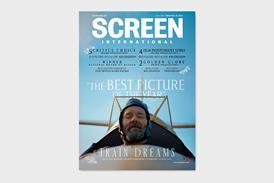
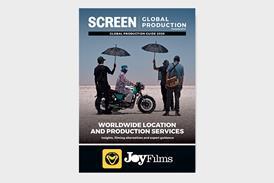
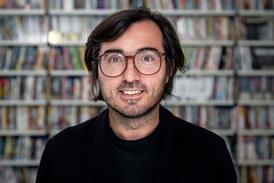
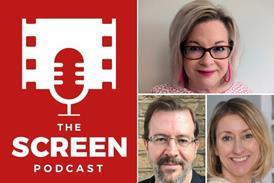


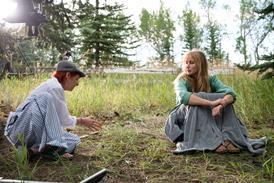



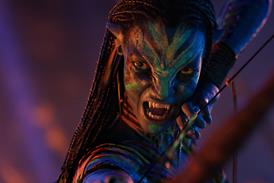
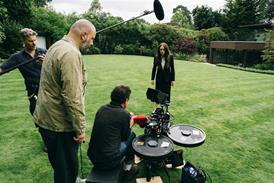
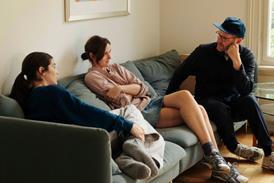








No comments yet